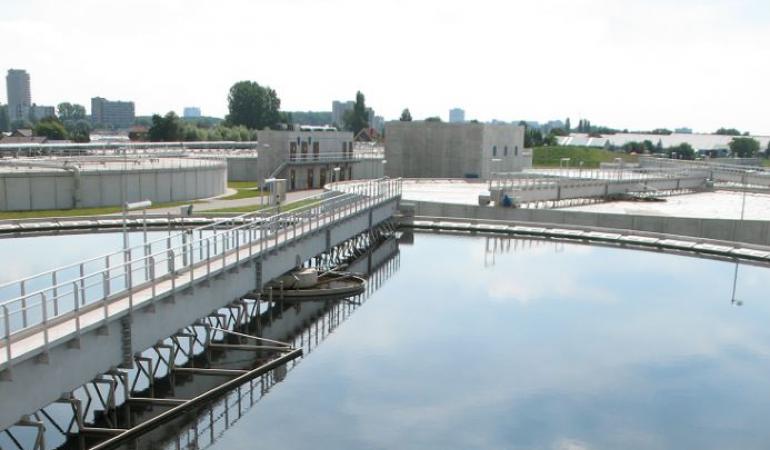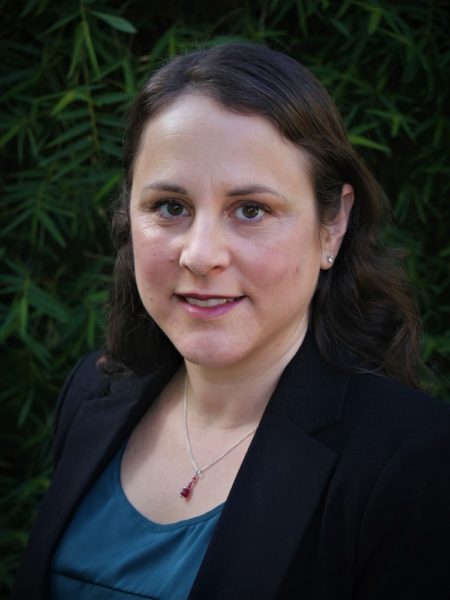
View CWEA’s PFAS resources page, support by Carollo.
Welcome to this special edition of CWEA’s winter magazine.

Lorien Fono, BACWA Executive Director
Polyfluoroalkyl and Perfluoroalkyl compounds, or PFAS for short, are a family of chemical compounds with a’ persistence, ubiquity, and toxicity at very low levels that make them the leading contaminant challenge of our time.
In 2020, the State Water Resources Control Board issued an investigative order that required large publicly operated treatment works (POTWs) throughout the state to monitor a suite of 31 PFAS compounds to see if they appear in influent, effluent, and biosolids over the course of a year.
In the San Francisco Bay Area, ongoing studies of PFAS in the environment by the San Francisco Bay Regional Monitoring Program (RMP) meant Bay Area POTWs were exempted from the statewide investigative order, with the stipulation they participate in a PFAS study managed by the RMP. The regional study differs from the statewide investigation in two ways:
1) In addition to target analysis of individual PFAS compounds, we are looking at aggregate PFAS via total organic fluorine (TOF) and total oxidizable precursors (TOP). This allows us to better estimate the fraction of total PFAS captured by the targeted analysis.
2) We are also collecting wastewater samples from industrial and commercial dischargers, as well as residential neighborhoods. Sewershed sampling supports our understanding of the amount of PFAS household and consumer products contribute.
The Bay Area study is ongoing, and preliminary results show that PFAS levels entering treatment plants, as measured by the TOP analysis, are approximately 10 times the level of individual PFAS compounds as measured by target analysis. The result demonstrates the importance of tackling PFAS as a class rather than compound-by-compound.
Both the preliminary results of the study, and statewide data from the investigative order, fail to show a correlation between industry and their contributions of PFAS into a treatment plant’s sewershed and influent.
This suggests household products are the major source of PFAS in wastewater. It means source control is not only the most efficient way, but it’s also the only way to reduce human exposure to PFAS.
While it’s important to have tools in our belt to eliminate PFAS, treating billions of gallons of wastewater and millions of tons of biosolids every year is not a sensible use of society’s resources. Doing so also does not address the direct human exposure to PFAS via consumer products.
As discussed in CASA’s legislative column in this issue, the POTW community partnered with environmental groups earlier this year to sponsor Assembly Bill 2247. It would require manufacturers to report which products contain PFAS and was a first step in understanding where these chemicals are so we can identify and restrict non-essential uses. The governor ultimately vetoed the bill.
In 2023, environmental groups and the POTW community will look for initiatives to promote PFAS source control, so communities don’t have to bear the health burdens of ongoing exposure and the tremendous cost of removing PFAS from wastewater and biosolids.
To learn more about the Bay Area Regional Monitoring Program PFAS studies visit sfei.org/projects/pfas.